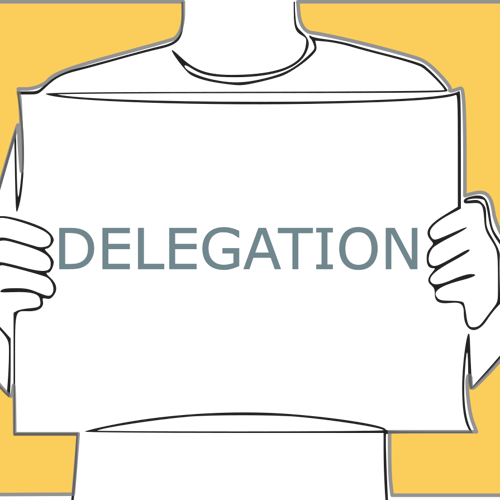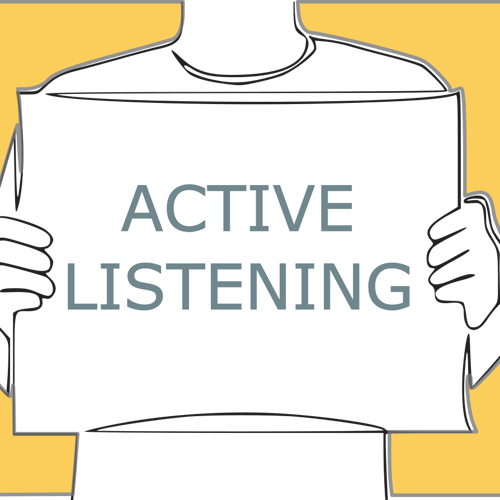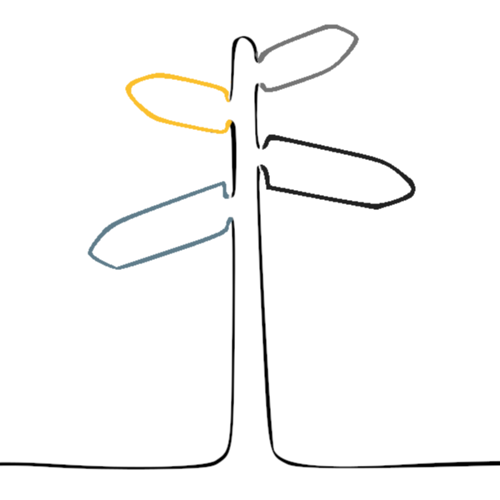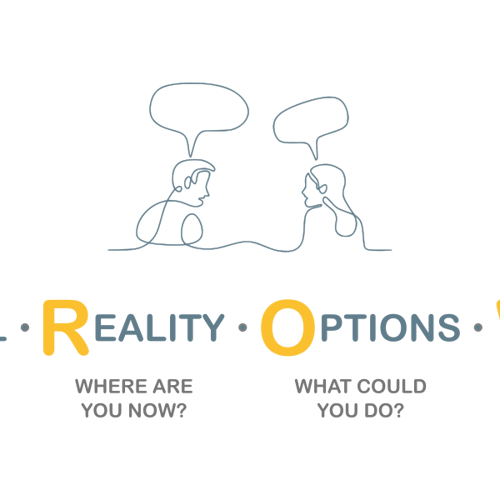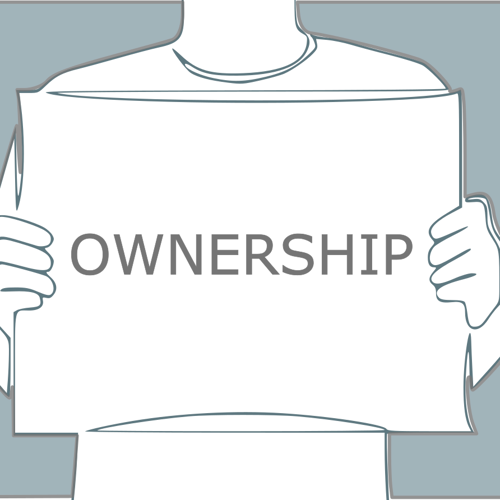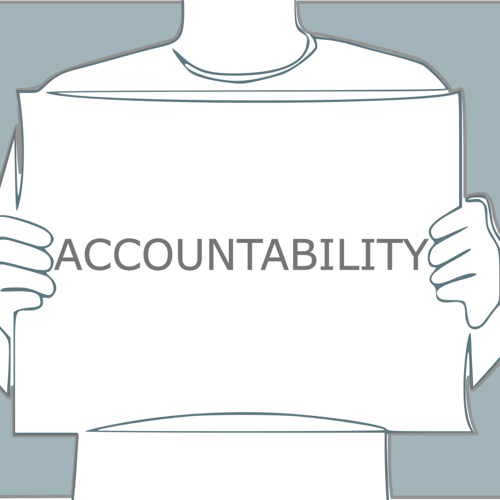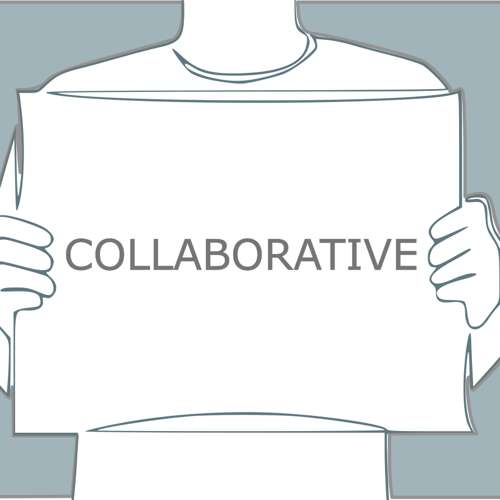Key Results convey how we know we are making progress towards our objective and should act as thematic goals that are both quantitative and trackable in their nature. A key result has a couple of important purposes in its construction:
An outcome
A key result should express a change in behaviour that has occurred as a result of actions or events; not simply tasks or outputs. The outcome a key result describes needs to reside in the problem space and not answer how the team will make progress – in fact, when the team explore how to make progress, there needs to be a variety of ways
A pathway of progress
A key result should convey how a team will know that they are making progress; depicted as an quantitative outcome, containing numerical measures to convey the needed result
I have found that “Key Results” as a term can sometimes lose it’s meaning so I’d like to explore the term a little bit further to appreciate the context and undertones; given the complex nature of the English language. If we take the word key in the adjective meaning, the synonyms associated with this word are
- significant,
- essential,
- important and
- meaningful.
Similarly, if we take the word result the associated terms are
- outcome,
- a consequence of.. and
- indicator of success.
I find this interesting and often use this to help shape the mental model of what a key result conveys by joining some of these together:
- significant outcome
- meaningful indicator of success
- etc
Key results should depict significant outcomes that are essential to achieving the objective – they are not the only outcomes that matter, but they are key indicators that aligned progress is being made. Key results are outcomes and the approach to achieve these outcomes need to not be obvious; instead, the outcomes should promote uncertainty. It is within this uncertainty where the team enact their autonomy; researching, understanding and ultimately choosing their own destiny within the constraint of alignment.
In conjunction with their inspiring objective, they need to be ambitious; forcing the team to think differently and innovatively when faced with making progress – but how do we ensure this ambitiousness? OKRs foster this environment by changing the rules of the game – in many contexts, success is classed as 90% or 100%, but in the context of OKRs, 70% is classed as a success; good enough for a team to consider themselves as achieving the specified outcome whilst still leaving a significant opportunity on the table for the team to achieve greatness – but to do this, will stretch both their thinking and execution. This air gap between 70% and 100% isn’t just there to allow the team to just do more work to get closer to smashing the outcome – instead, making improvements in this zone should be incredibly challenging for the team and force them into lateral, divergent and higher level thinking.
It is very easy to talk or write about the changing of the definition of success but in reality, teams can struggle with this and this can cause deliberation and confusion when setting OKRs but even worse, can result in drops in moral, confidence and motivation when teams fail to hit 100% when not fully appreciating why 70% is a success. We can support teams byt flexing and balancing types of key results and generally there are two in our arsenal; rooftop and moonshot. Rooftop key results are “safer” for teams – success here is the traditional 90%- 100% and the team should have high confidence of achieving this but do not mistake confidence for ease; achieving the success criteria of 90%-100% should still be challenging. Moonshot key results on the other hand are the type that we’ve previously explored – where 70% percent is a success and, knowing what the team knows at this moment in time, confidence of achieving towards 100% should be less than that of rooftops.
Thinking of outcomes is hard and in a similar fashion to the objective, teams should strive to satisfice around these – in service of acknowledging that they are “good enough” to begin making progress and that the quality of these will improve with the conversations that follow and the practice over time.
You should aim to have 3-4 key results per objective and these KRs should be shaped as outcomes, in such a way that although the solutions to making progress towards them are unknown, the scope is broad enough in order for the team to have a variety of opportunities to experiment and make progress.
Progress towards the outcome needs to be trackable and teams should update and analyse the progress made as frequently as possible – real time or daily is optimal, but if needed, at least once a week. Strive to not have binary results (where there are only 2 outcomes) for example, if your outcomes represent yes/no, delivered/not delivered, 0/1, etc. they do not promote a learning environment – an environment where the team can experiment, make incremental changes and course correct on feedback received.
Tracking
Key results are trackable by their nature and the progress towards the outcome is often conveyed by a number.
Articulation
As already explored, key results need to be quantitative and as such, should have a number in them. I would go even further and suggest that they should have 2 numbers as this conveys both trackability and context. For example:
- <Something> has increased from x to y
- <Something> has reduced by z%; from x to y


